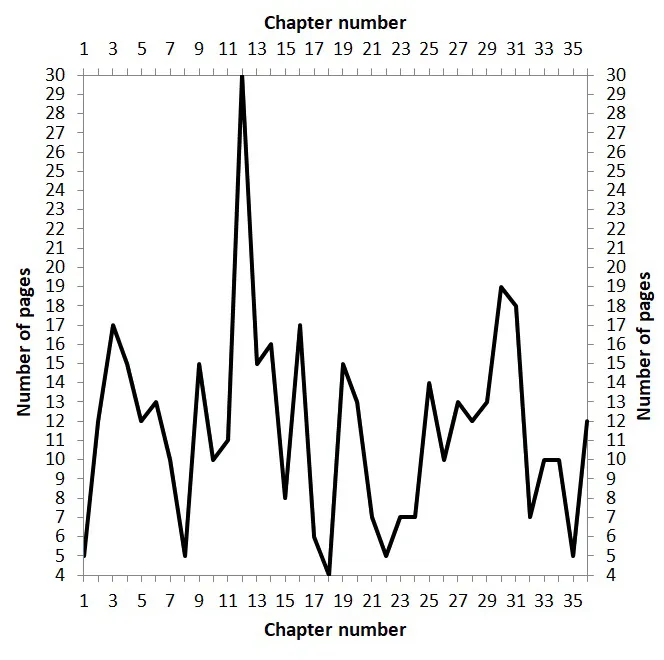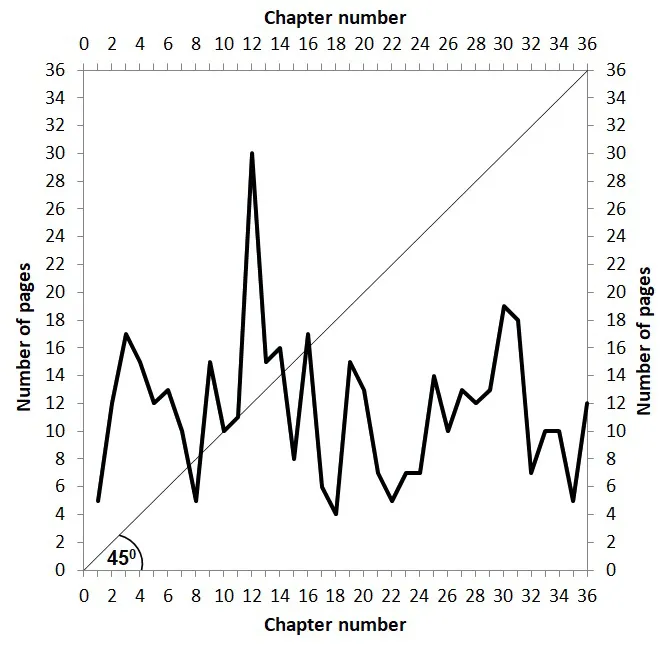![]()
1. William Gann’s Hidden Pattern
Introduction
In the early years of the 2010s decade, I discovered that the legendary stock market trader, William Delbert Gann, had concealed a pattern within the first edition of his famous 1927 book, The Tunnel Thru The Air (hereafter Tunnel). The full details of how I found the pattern, and deduced its historical lineage, are contained in my 2013 book, The Law of Vibration. Those details will not, therefore, be presented here.
The essential point is that Mr Gann concealed the pattern instead of simply revealing it. The book hides a great deal of other information, not the least of which concerns the influence on financial markets of the golden ratio, 38.2:61.8, of the musical octave ratio, 50:100, and of planetary cycles. I shall address the role of the golden ratio and the influence of the musical octave ratio in Appendix II. I shall not, however, be venturing too deeply into the fields of astrology and astronomy. I shall briefly address the role of planetary cycles in Chapter 4, in the context of the human life cycle; otherwise, my intention is to leave the subject to those who know what they’re talking about.
Meanwhile, we need to know what Mr Gann’s pattern actually looks like, so that we can analyse its behavioural implications.
The pattern
The first edition of Tunnel consists of 418 pages, and spans 36 chapters. As a piece of literature it is (for this reader, anyway) tediously long and not particularly engaging. It is full of seemingly irrelevant poems and inappropriate quotations – especially from the Bible. This, however, turns out to be a clue, because variations in the text are used as a method of controlling the number of pages in any given chapter. The number of pages per chapter varies significantly, from a low of four to a high of 30. Within the context of the story itself, there is often no obvious reason for variations.
Figure 1-1 plots the number of pages in each chapter against the relevant chapter number. The vertical axes, measuring the number of pages per chapter, start at ‘1’ and end at ‘30’. The horizontal axes, registering the actual chapter numbers, run from ‘1’ to ‘36’. It is immediately obvious that the relationship between pages and chapters is not random. There is an obvious low in the 18th chapter, which means that it is halfway through the pattern. Each half consists of a three-wave advance followed by a three-wave contraction. And the absolute high is in the 12th chapter, which is one-third of the way through the pattern.
Figure 1-1: William Gann’s hidden pattern of vibration
We can tease more information out of this extraordinary pattern by making a series of adjustments to the presentation. First, we can extend the vertical axes so that they run from 0 to 36. This adjustment makes it clear that the pattern can be contained within a square (see Figure 1-2). If we draw a 45-degree line from the bottom left-hand corner of the diagram to the top right-hand corner, the square is complete where 36 pages are equal to 36 chapters – that is, where the book finishes. It is relevant that Mr. Gann used 36 chapters to achieve this effect.
The number 36 is – among other things – almost certainly a reference to the idea of a completed process. If the numerals within the number 36 are separated out into ‘3’ and ‘6’, and then added together, the result is ‘9’ (i.e., 3 + 6 = 9). In esoteric numerology – which Mr Gann persistently used – the number 9 is the number of completion. Coincidentally, the number 36 is also a reference to the 360 degrees of a circle. In this way, Mr Gann was able simultaneously to reference a complete process, a square, and a circle. The use of a 45-degree line means, of course, that the square is also complete where 35 pages are equal to 35 chapters. The rise in the number of pages in the last chapter – Chapter 36 – implies that a new pattern is starting.
Figure 1-2: The pattern of vibration within a square
Initial interpretations
We can now add simple notations to the diagram in order to highlight the relationships between the waves. In the first set of notations, the first (rising) phase of the diagram is denoted 1-2-3; the subsequent (falling) section is marked A-B-C; and the fluctuations within the (rising) wave B are designated a-b-c. See Figure 1-3.
Figure 1-3: Advance and contraction
In this formation, the diagram represents a strong three-wave advance (i.e., 1-2-3), followed by an extended three-wave correction (i.e., A-B-C). Within the correction, the rising wave has three phases (i.e., a-b-c). This emphasises that movements are cyclic in the sense that each advance is followed by a contraction. It also emphasises that the process is ordered because: (a) each movement consists of three waves; and (b) the advancing phase is one-third of the whole cycle, and the contracting phase is two-thirds of that cycle.
The alternative set of notations is shown in Figure 1-4. Here, the diagram is divided into two parts, consisting of 18 chapters each. The major rising waves to the left and right of the centre point are denoted 1-2-3; the sub-waves within those rising waves are denoted i-ii-iii; and each rising wave is followed by a three-phase fall, with the sub-waves denoted A-B-C.
Figure 1-4: The duality of the diagram
In this formulation, the diagram reveals the presence of two very similar oscillations consisting of an extended three-wave advance (1-2-3) followed by a very sharp three-wave contraction (A-B-C). Moreover, each advance-and-contraction takes half of the diagram. If the two halves of the diagram are overlaid on each other, it is possible to make direct comparisons. See Figure 1-5.
In bo...




